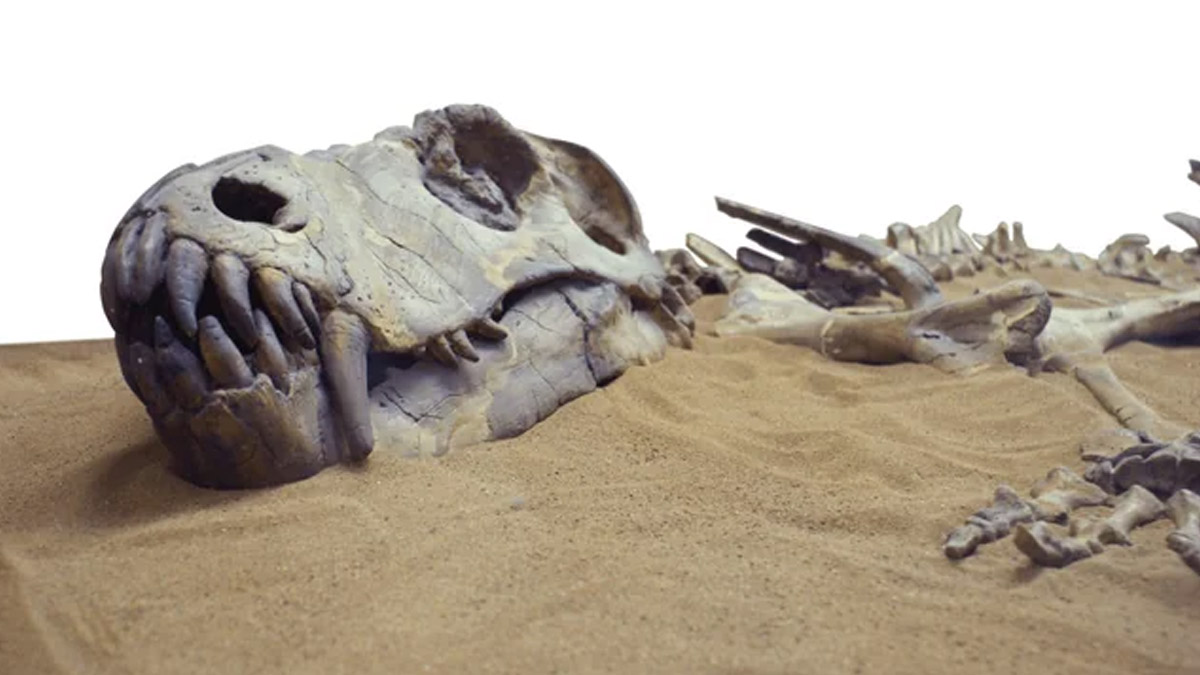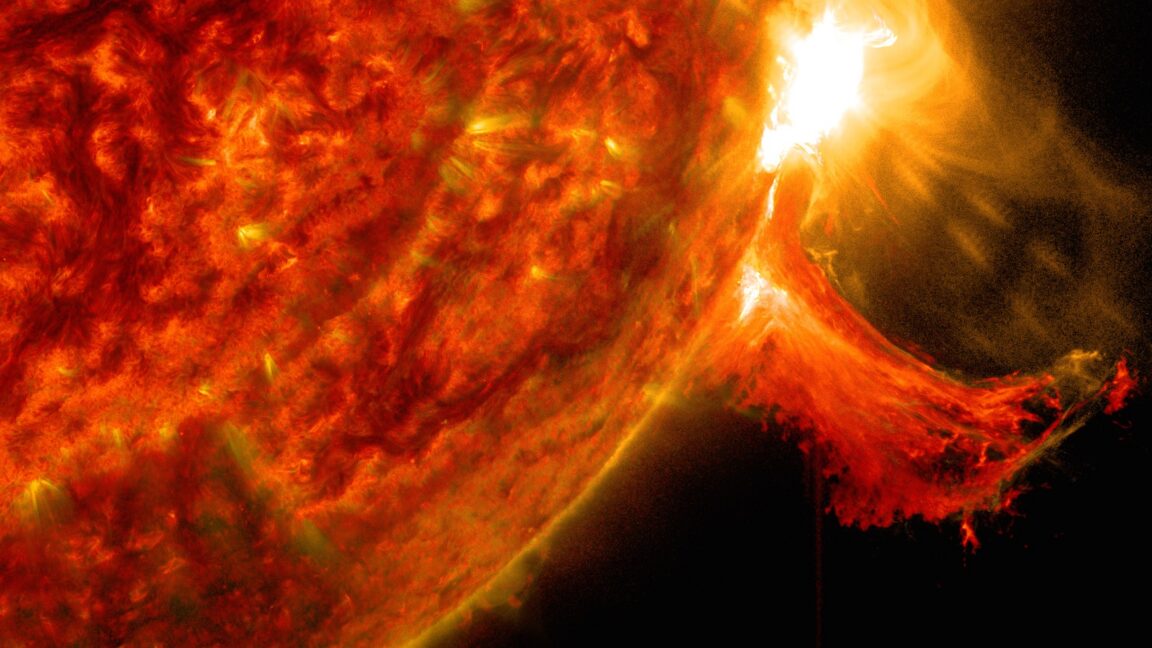
Integrated transcriptomic and phenotypic analysis reveals tissue-specific regulatory effects of guanidinoacetic acid in cattle
13 Nov 2025 | Category: Science
Guanidinoacetic acid (GAA) is an essential precursor of creatine and plays a vital role in maintaining energy metabolism and muscle function in cattle. However, the mechanisms by which GAA exerts its effects remain unclear. This study used transcriptomic profiling combined with phenotypic analysis to evaluate the impact of dietary GAA supplementation at levels of 0.04%, 0.08% and 0.12% on metabolic pathways in the liver and pectoral muscles of Holstein castrated cattle, linking gene expression changes to key physiological and biochemical traits. Dietary supplementation with GAA activated the A
GAA is a naturally occurring amino acid derivative and a direct precursor of creatine (CRE) [1]. In mammals, GAA is primarily synthesized in the kidneys and transported via the bloodstream to the liver, where it is converted into CRE [2]. A substanti...
🔗 Read More at Original SourceRelated Articles

New Research Explores Mitochondrial Sheath’s Role in Sperm Motility and Energy Efficiency
Recent research has provided new insights into the role […]

Most complete stegosaur skull found in Spain reshapes what we know about dinosaurs forever
A groundbreaking fossil discovery in Spain is rewriting the story of one of the most iconic dinosaurs ever known—the stegosaur. Unearthed in …

An explosion 92 million miles away just grounded Jeff Bezos’ New Glenn rocket
"NASA is postponing launch until space weather conditions improve."